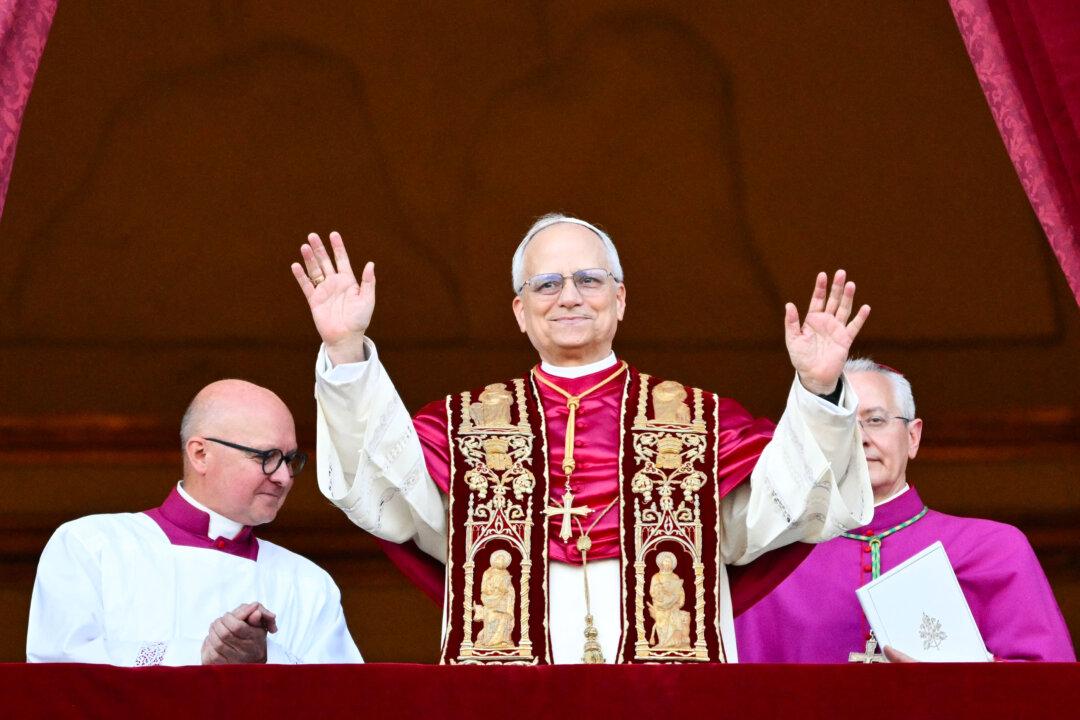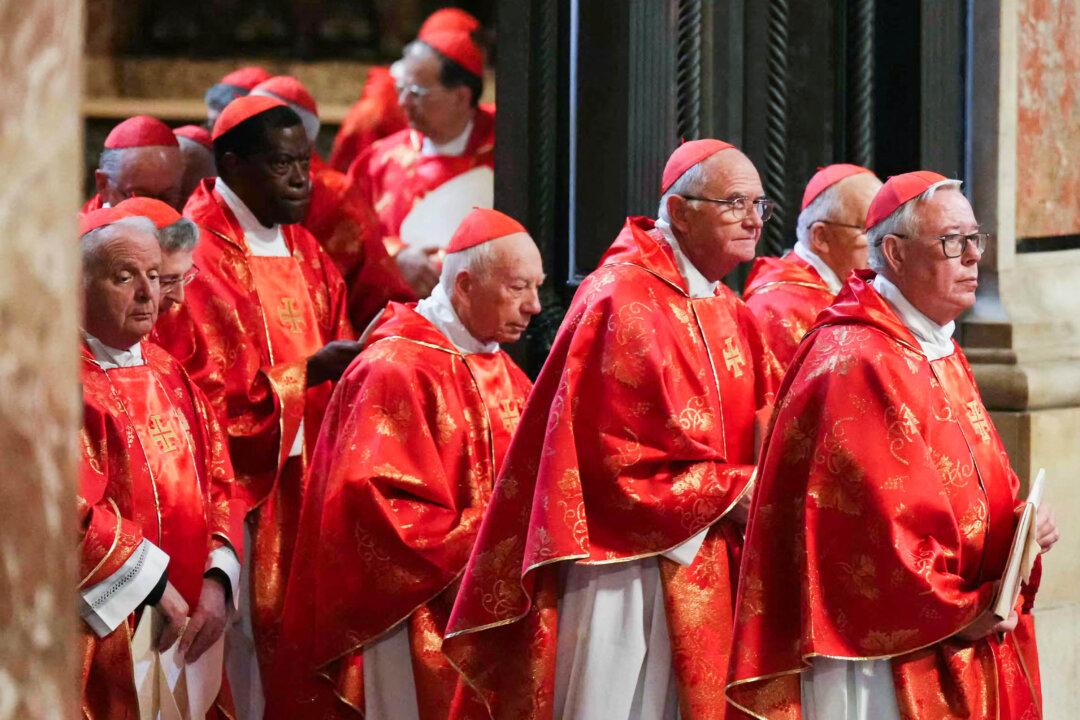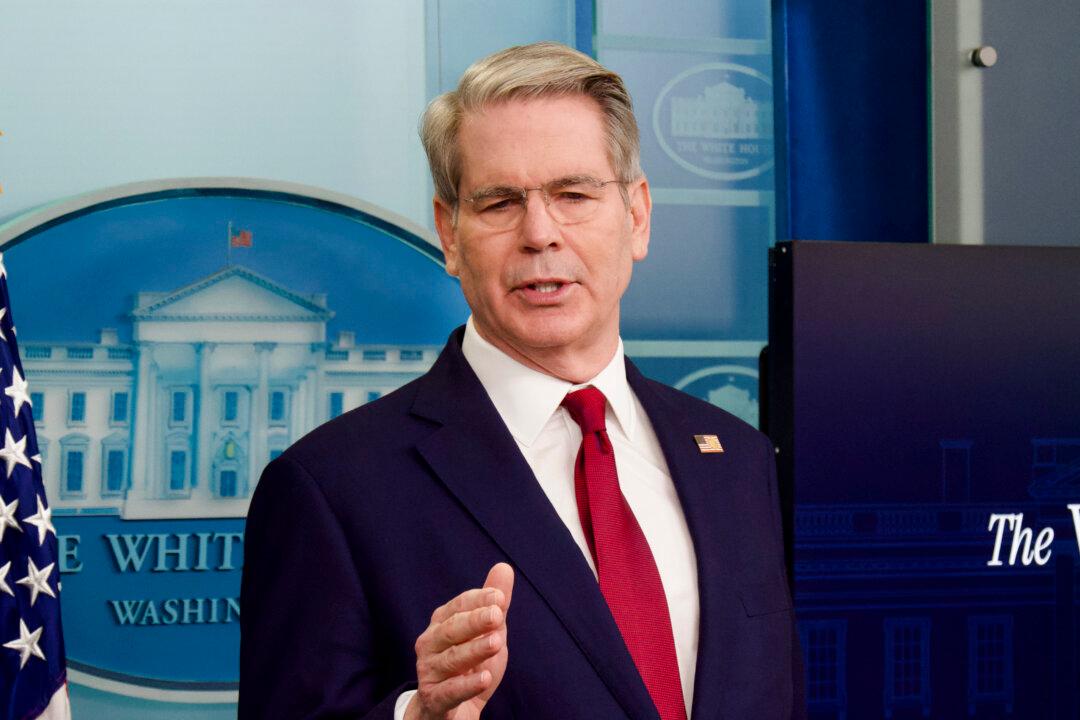Black smoke rose again from the Sistine Chapel just before noon on May 8, signalling that the Cardinals’ first vote on the second day of their Conclave to elect a new pope was unsuccessful.
According to the Vatican, the cardinals departed their residence at the Domus Sanctae Marthae early to celebrate Mass and then gather in the Sistine Chapel for mid-morning prayer and the first vote just after 9 a.m. local time.
Voting is expected to resume around 4 p.m.
An estimated 15,000 people from all over the world once again gathered in St. Peter’s Square to pray and watch, and several hours later, they received the first result of the day.
This is the second vote overall, following the appearance of black smoke around 9 p.m. on May 7.
A two-thirds majority vote is needed to elect the next pope. This is the most populous conclave in history, with 133 cardinal electors gathering in the chapel and taking the oath of secrecy. That means that at least 89 cardinals have to agree on who the next Roman Pontiff should be.
Previously, Pope Paul VI instituted a cap of 120 cardinal electors—cardinals under the age of 80—which remained until Pope Francis decided to increase that number by elevating several more cardinals during his reign.
In doing so, Pope Francis also increased the number of nations represented by a native-born cardinal by at least 15, with at least 70 different nations represented.
According to the Vatican, 108 of them were appointed by Pope Francis, Pope Benedict XVI appointed 22, and there are five remaining who received their appointment from Pope St. John Paul II.
All voting will be done via handwritten ballots, which are scrutinized, validated, and burned after each vote. That smoke will be used to notify the outside world of the result. White smoke means the necessary majority was reached. Black smoke means that the cardinals are still divided.
If no pope is chosen after three days, voting will be paused for a day of prayer, informal discussions, and a spiritual exhortation led by the senior cardinal deacon.
Pope St. John Paul II was elected in the eighth vote on the evening of the third day of the 1978 conclave. Pope Benedict XVI was elected in the fourth vote on the second day of the 2005 conclave, and Pope Francis was elected in the fifth vote on the second day of the 2013 conclave.
However long it ends up taking, the victorious white smoke will be released from the chapel chimney, accompanied by the proto-deacon’s declaration of “Habemus Papam,” which translates to, “We have a pope.” The new pontiff’s introduction to the people will occur on the same day, directly following the vote.







